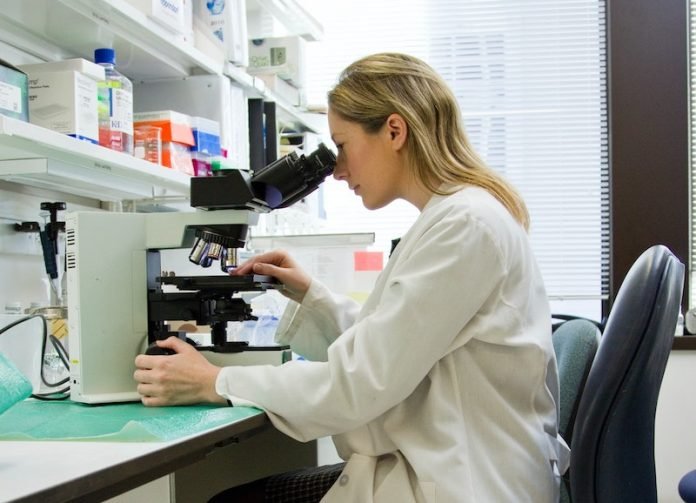
In a new study, researchers have developed a new test that can diagnose COVID-19 in just 20 minutes.
The findings show the rapid molecular test called N1-STOP-LAMP, is 100% accurate in diagnosing samples containing SARS-CoV-2 at high loads.
The research was conducted by a team at the University of Melbourne.
The test is highly accurate and easy to use, making it a prime candidate for use in settings with limited testing capabilities.
The method involves using a small portable machine, which can reliably detect SARS-CoV-2 from just one nasal swab.
The team says in the race to control the COVID-19 pandemic, access to rapid, precision diagnostics is key.
They have developed an alternative COVID-19 molecular test that can be readily deployed in settings where access to standard laboratory testing is limited or where ultra-rapid result turnaround times are needed.
This new test uses only one tube and involves only a single step, making it more efficient and lower cost than many of the current tests for SARS-CoV-2.
The N1-STOP-LAMP method was found to be 100% accurate and correctly identified 87% of tests as positive when used to assess 157 confirmed-positive samples.
The results were fast, with an average time-to-positive of 14 minutes for 93 of those clinical samples.
The team says this kind of technology having a benefit in settings liked aged care facilities or overseas laboratories with limited resources and equipment.
STOP-LAMP is what’s referred to as a ‘near care’ test, it is not intended to replace the current gold standard PCR testing. It’s a robust diagnostic test for the specific and rapid detection of COVID-19.
But it’s important to note however, it trades some detection sensitivity for speed and ease-of-use.
One author of the study is the University of Melbourne Professor Tim Stinear, Laboratory Head at the Doherty Institute.
The study is published in the Journal of Medical Microbiology.
Copyright © 2020 Knowridge Science Report. All rights reserved.



